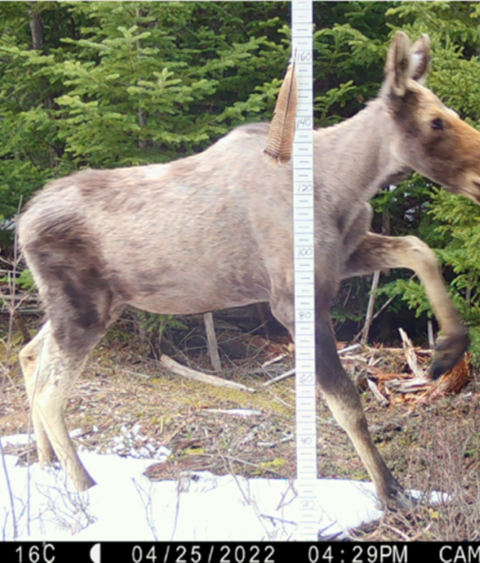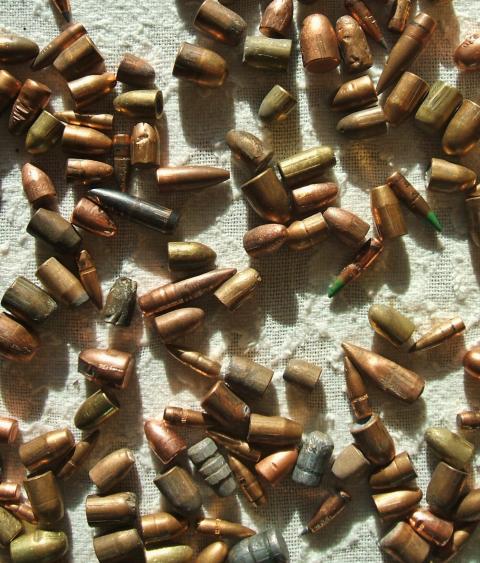2025 State of the Birds Report Shows Continued Widespread Declines
The partners of the North American Bird Conservation Initiative released the 2025 U.S. State of the Birds report at the 90th annual North American Wildlife and Natural Resources Conference in Louisville, Kentucky. The report reveals continued widespread declines in American bird populations across all mainland and marine habitats, with 229 species requiring urgent conservation action. The report comes five years after the landmark 2019 study that documented the loss of 3 billion birds in North America over 50 years.
Survey Shows Near Doubling of Eastern Monarchs Overwintering in Mexico
The eastern monarch butterfly population in Mexico’s oyamel fir forests this past winter occupied 1.79 hectares, according to the latest survey released by the World Wildlife Fund-Telmex Telcel Foundation Alliance (WWF) and the National Commission of Protected Natural Areas in Mexico (CONANP). This represents a 99% increase from last year’s 0.9 hectares in the 2023-2024 overwintering season. Researchers survey the eastern monarch population each winter when the butterflies cluster together in their overwintering sites in Mexico. Instead of counting individual monarchs, scientists estimate the population size by measuring the area of the trees the butterflies are occupying (in hectares). Each hectare is approximately 2.47 acres or just over two American football fields. While the number of monarchs per hectare can vary, estimates suggest there are between 20-30 million monarchs per hectare.
Partner with a Payer Video Focuses on Pennsylvania Elk Restoration
The National Shooting Sports Foundation recently released a video, produced in partnership with the U.S. Fish and Wildlife Service (USFWS), the Pennsylvania Game Commission and Beretta, that highlights the significant impact of Pittman-Robertson Act funding on the successful restoration and management of Pennsylvania’s elk population. This is the latest installment in the Partner with a Payer® series that shows how investments through the excise taxes paid by firearm, ammunition and archery manufacturers through the Pittman-Robertson Wildlife Restoration Act have provided a steady and reliable source of funding for wildlife conservation efforts in all 50 states.
Wildlife Conservation Funding, Firearm Ownership, and Target Shooting Participation
Thanks to the Federal Aid in Wildlife Restoration Act of 1937 (commonly known as the Pittman-Robertson Act), every sale of a firearm or box of ammunition in the United States helps fund the wildlife conservation work of state fish and wildlife agencies through a dedicated excise tax on hunting and shooting equipment. As more and more Americans continue to buy firearms for personal and family protection and for recreational target shooting activities, Pittman-Robertson funding for wildlife conservation is increasingly coming from non-hunting firearm owners and target shooters.






